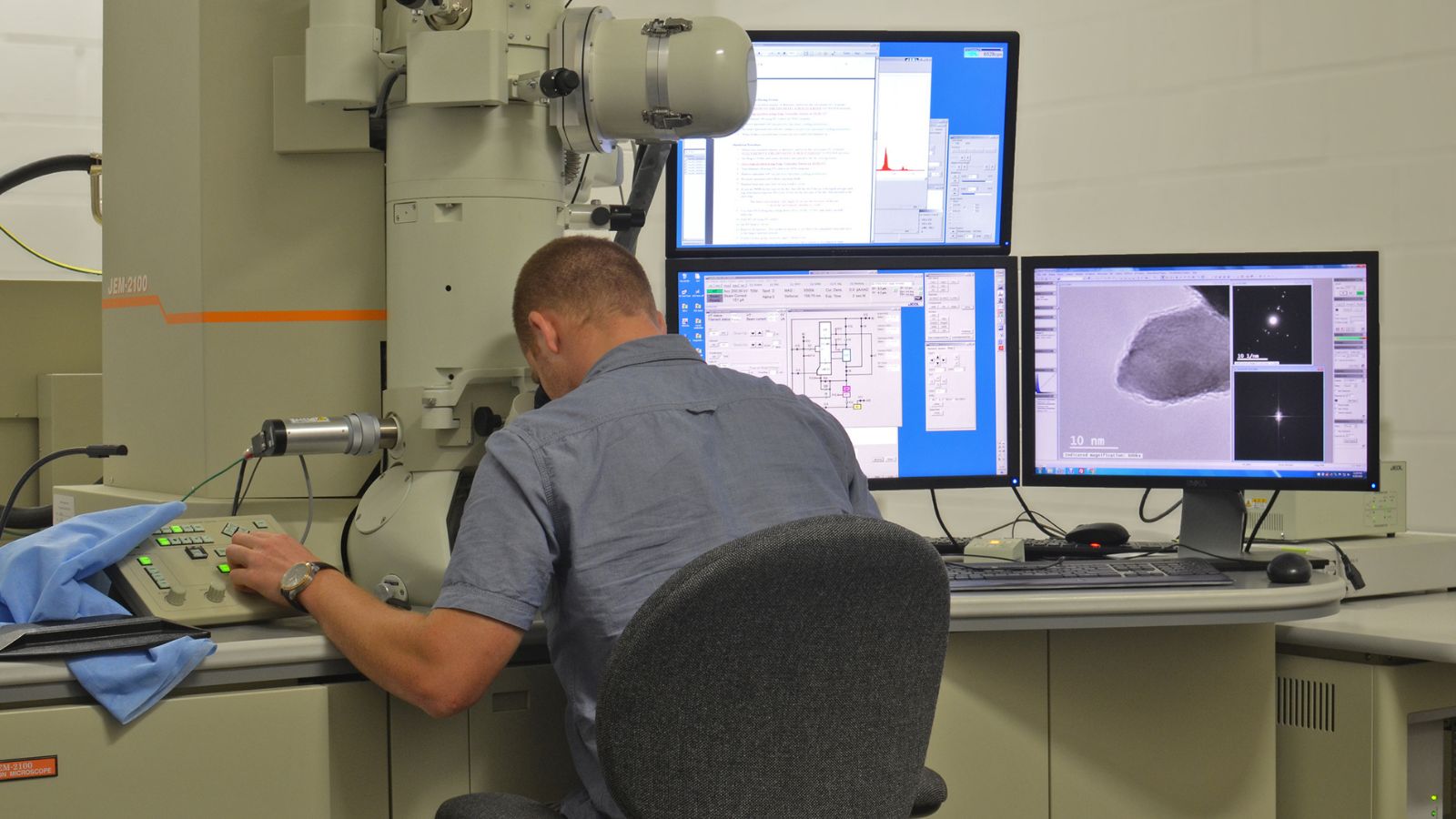Canada isn’t often the first country that comes to mind when talking about groundbreaking innovations, but it should be. From healthcare advances to digital technology, Canadians have quietly pioneered solutions that not only improved lives domestically but also influenced global trends. Here are 20 such innovations where Canadian ingenuity outshone the U.S.
Insulin Discovery

In 1921, Canadian researchers Frederick Banting and Charles Best discovered insulin at the University of Toronto. Before insulin, a diabetes diagnosis was essentially a death sentence. Their breakthrough transformed diabetes from a fatal disease into a manageable condition. What stands out is that they sold the patent for just $1, emphasizing public good over profit. While the U.S. later became a dominant player in pharmaceutical manufacturing, the life-saving impact of insulin began in Canada. This foundational discovery not only changed medicine globally but also shaped Canada’s reputation for ethical biomedical research.
Canadarm

Canada’s robotic arm, the Canadarm, became a staple of NASA’s space shuttle missions starting in 1981. Built by Spar Aerospace, the Canadarm was essential for satellite deployment and space station construction. The U.S. had no comparable technology at the time. It wasn’t just a tool; it became a symbol of international cooperation and advanced engineering. Canadarm2, a more advanced version, remains in use on the International Space Station. The innovation solidified Canada’s place in the elite group of spacefaring nations.
IMAX Technology

The IMAX film format, developed by Canadians Graeme Ferguson, Roman Kroitor, Robert Kerr, and William Shaw, revolutionized cinematic experiences. Debuting at Expo 67 in Montreal, IMAX offered unparalleled visual clarity and immersive sound long before 4K or Dolby became industry standards. While Hollywood dominated content, Canada changed how people watched films. IMAX has since become a global brand, licensed in over 80 countries.
CANDU Nuclear Reactor

Canada’s CANDU (Canada Deuterium Uranium) reactor is a unique nuclear technology that uses natural uranium as fuel and heavy water as a moderator. Developed in the 1950s and 60s, CANDU reactors are known for their safety, efficiency, and fuel flexibility. The U.S. pursued light-water reactors, which required enriched uranium and carried higher risks of proliferation. Today, CANDU technology is utilized in countries such as India, South Korea, and Romania.
Electric Wheelchair

George Klein, a Canadian inventor, developed the electric wheelchair in the 1950s to assist injured World War II veterans in regaining mobility. While the U.S. later commercialized variations, it was Canadian innovation that first brought powered mobility to those who needed it most. Klein’s design incorporated features that remain standard today, such as joystick controls and adjustable speeds. This invention was about dignity and independence rather than just transportation. It set a new global standard in assistive technology and underscored Canada’s leadership in healthcare-related innovation.
Poutine R&D: Turning Regional into National

While not high-tech, poutine’s cultural impact is unmistakable. Born in Quebec in the 1950s, the combination of fries, cheese curds, and gravy has become a national symbol of culinary creativity. Unlike many U.S. regional dishes, poutine evolved into a canvas for culinary experimentation, with toppings ranging from duck confit to kimchi. Canada embraced this greasy delicacy as part of its identity, and it’s now served from coast to coast.
The Pager

Before smartphones and even cell phones, there was the pager, which originated in Canada. In the 1950s, Alfred J. Gross, a Canadian engineer, developed the first personal wireless communication device. While the U.S. later dominated the pager market in the 1980s, the technology’s roots were firmly established in Canada. The pager transformed emergency services, business communication, and personal connectivity, laying the groundwork for mobile technology. It might seem outdated now, but in its time, the pager was revolutionary and gave Canada an early lead in the mobile communications era.
Unity Game Engine

While often mistaken as a Silicon Valley product, Unity, one of the most widely used game engines in the world, has deep Canadian roots. Co-founded by Canadian David Helgason, Unity revolutionized game development by providing a user-friendly, affordable platform for indie developers. Unlike American engines that were expensive and complex, Unity democratized game development. Today, it powers everything from mobile games to AR and VR simulations. It gave rise to a global community of creators and changed the economics of gaming and software prototyping.
Green Bins and Municipal Composting

Canada was an early leader in implementing municipal composting programs, particularly in urban centers such as Toronto and Vancouver. The introduction of green bins for organic waste collection helped reduce landfill use and methane emissions. While the U.S. has only recently begun adopting similar programs on a large scale, Canadian cities were implementing curbside compost pickup as early as the 1990s. This move positioned Canada at the forefront of environmental waste management.
Five-Pin Bowling

Invented in 1909 by Canadian Thomas F. Ryan in Toronto, five-pin bowling addressed a common complaint that ten-pin bowling was too heavy and slow-paced. Ryan’s version used smaller balls and fewer pins, making it faster and more accessible. And, though it remains largely a Canadian pastime, it was an early example of user-centered design in recreational activities. Additionally, while the U.S. adhered to tradition, Canada developed a sport that catered to diverse age groups and physical abilities, demonstrating foresight in inclusive recreation.
The Snowmobile

Joseph-Armand Bombardier invented the snowmobile in 1937 to address transportation issues during harsh Canadian winters. The U.S. would later become a key market, but the innovation itself originated purely from Canada. Bombardier’s machine enabled access to remote areas, revolutionizing transportation in snowy regions. It also opened up new industries in winter tourism and recreation. And, while Americans eventually adopted the product, Canada solved the winter mobility problem first, using its specific environmental challenges as a springboard for innovation.
Blackberry Smartphone

Before iPhones and Androids, there was BlackBerry. Developed by Research in Motion (RIM), based in Waterloo, Ontario, BlackBerry was the first mobile device to offer secure, real-time email. In the early 2000s, it was the gold standard for professionals and governments. Its QWERTY keyboard became iconic. And, though it eventually lost market share to touch-screen devices, BlackBerry set the groundwork for mobile communication standards and enterprise security.
Walkie-Talkie

Another innovation by Alfred J. Gross, the walkie-talkie, emerged in the 1930s as a critical wartime tool. While both U.S. and Canadian forces used versions, Gross’s design laid the foundation for portable two-way communication. His early work influenced both military tactics and later consumer devices. The walkie-talkie bridged a communication gap during critical moments in history. And, despite its widespread adoption by the U.S. military, the intellectual blueprint came from a Canadian mind.
The Jolly Jumper

In 1910, Olivia Poole, an Indigenous Canadian woman, invented the Jolly Jumper, a baby exercise device that allowed infants to bounce safely on their backs. Inspired by Indigenous cradleboards, Poole’s design supported physical development in early childhood. Although initially dismissed as a novelty, the product gained popularity and became a household name in the baby gear industry. The U.S. market eventually embraced it, but the original idea and patent were Canadian. It blended tradition with function, a quality that modern baby products often overlook.
Smart Syringe Lockout Systems

To combat opioid misuse and medical errors, Canadian innovators developed syringe lockout systems that prevent double-dosing and unauthorized access. These smart syringes, developed with the help of Health Canada and university research labs, have been used in clinical settings and pilot programs. And, while the U.S. debates policy-level opioid responses, Canada has engineered part of the solution. This is a case where technological intervention meets public health strategy, demonstrating proactive rather than reactive innovation.
The Electron Microscope (Advanced Version)

While the electron microscope was first conceptualized in Germany, Canadian scientists, such as James Hillier, played a crucial role in refining and mass-producing it during their time at the University of Toronto in the 1930s. Hillier co-developed one of the first successful North American models. These advancements made the microscope more accessible for research labs, especially in medicine and materials science. The U.S. benefited from these developments, but wasn’t where the key refinements originated.
Rapid DNA Identification

Canadian researchers have led the way in rapid DNA identification methods, which significantly reduce the time required for genetic profiling. Institutions such as the University of British Columbia and Genome Canada invested early in streamlining the forensic and health applications of DNA analysis. These techniques have been deployed in both law enforcement and clinical settings. And, while the U.S. has more extensive lab infrastructure, Canada’s research directed the methodological breakthroughs that others now follow.
Online Banking Infrastructure

Canadian banks were among the first globally to adopt secure, wide-scale online banking systems. In the late 1990s, banks like RBC and TD were offering online account management with multi-factor authentication long before U.S. counterparts made the shift. Canada’s more centralized and regulated banking sector enabled the rapid implementation of secure technology. While the U.S. had more banks, Canada had a better system, prioritizing security and ease of access from the outset.
V-Chip Technology

Developed by Canadian engineer Tim Collings in the 1990s, the V-chip allows parents to block television content based on ratings. Though initially ignored in the U.S., it was later mandated in American television by the Telecommunications Act of 1996. The V-chip was a response to rising concerns about children’s media exposure, demonstrating how Canadian engineers were already developing tools for digital ethics and parental control. Canada addressed the problem and implemented the solution, while the U.S. was still debating it.
21 Products Canadians Should Stockpile Before Tariffs Hit

If trade tensions escalate between Canada and the U.S., everyday essentials can suddenly disappear or skyrocket in price. Products like pantry basics and tech must-haves that depend on are deeply tied to cross-border supply chains and are likely to face various kinds of disruptions
21 Products Canadians Should Stockpile Before Tariffs Hit
